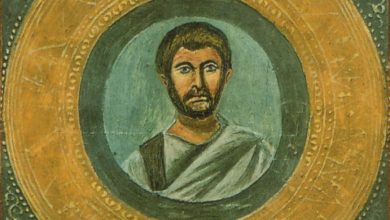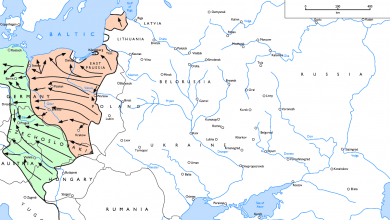The Gallic Sack: Rome’s Greatest Defeat and Its Impact

The Gallic sack of Rome, which followed the disastrous Battle of the Allia in 390 BC, was arguably the greatest trauma the Roman Republic endured up to that point, and it wouldn’t have been matched for a number of centuries. This disaster was a major turning point for Rome. The trauma shaped their attitudes for a long time, particularly towards the Gauls – but it also arguably developed the tenacious spirit that allowed them to survive later traumas without capitulation, such as the 2nd Punic war. In this article we will discuss the events themselves and the effects they had.
Before the Sack
The Gauls had been migrating into northern Italy, driving out the native Italics for over a century before they came into dispute with Rome – although their migration rate was increasing. At around the same time Rome had captured Veii, another city, Clusium, was dealing with an ultimatum by the Senones for land which they broadly acquiesced to. The Etruscan account considered the Senones’ next move towards Rome as evidence that Clusium had pointed them in their direction in order to end their present embarrassing arrangement. However, Cornell argues that this band, which followed chieftain Brennus, was most likely a mercenary force, rather than an extension of the Gallic mass migration into northern Italy, due to its distance from the borders the Gauls had carved out. This also makes sense considering that their terms for leaving Rome consisted not of land, but loot.

The Romans met the Senones army around 10 miles from Rome, during what became known as the Battle of the Allia, where the Romans were outnumbered. Additionally, Heurgon notes that at this time Rome’s allies had abandoned them to their fate. Brennus, the leader, outmanoeuvred and thoroughly routed the Roman army sent to face him (it is worth noting that this was not the formidable army of the later Republic but a citizen levy somewhat based on those of the Greek city states). After this battle Brennus marched on Rome essentially unopposed.
The Sack of Rome
The Roman legend of the sack is that Brennus devastated the city in an orgy of chaotic looting and besieged those who remained in the Capitol before they were forced to offer an enormous ransom for their city. At this point, but before the ransom could be paid, Cammilus returned from exile, defeated the Gauls and drove them out.

An example of heroism from the tradition seems to have caused a peculiar fondness for geese in the Romans. A Gallic attempt to seize the Capitol during a night attack was apparently thwarted when the attackers roused the Capitol’s geese, whose noisy reaction alerted the guards, led by Manlius Capitolinus, and allowed them to repel the attack.
According to Cornell, Brennus’ sack of Rome was not as severe as the legend seems to imply, arguing that much of their wealth, as well as the Vestal virgins, had been evacuated to Caere where the remains of their army regrouped. This version of events does fit with the fact that Rome rapidly recovered and was, as Armstrong points out, able to flex its military muscles, dominating its neighbours within 50 years of the sack. Cornell points out that just within the following decade Rome won multiple battles and founded several colonies.
Ultimately it seems that Rome paid its ransom and the Gauls just left, with the financial damage mitigated by the evacuation of treasure and religious authorities from the city beforehand.
The effect on Roman attitudes
Mary Jaeger points out that the trauma of the sack resulted in the Romans being willing to raise armies at the mere possibility of conflict with the Gauls. This attitude is characteristic of the relatively broad definition of “defensive war” the Romans became known for using. While the rules which were applied didn’t really change, their interpretation was broadened in such a way that might be considered paranoid. The rules in question amounted to, as Draper says, “whether or not Rome had been wronged”. This specifically referred to the violation of Roman dominions, ambassadors, treaties or the support of a Roman enemy from a previously friendly state.
Livy’s account also extols the virtues of steadfastness and proper authority in the face of terrible situations. This fits neatly with the later Roman’s attitudes, with their habits of refusing to surrender and near obsession with satisfying Roman honour in conflicts.
Conclusion
While the Roman account of the sack and the city’s salvation does appear to be somewhat heavily embellished. – which, given the notorious unreliability of Roman reports on casualty numbers is not very surprising- the sack did have a profound effect on Rome, which can be seen projected into their legend. The vulnerability and paranoia derived from that disaster certainly informed later Roman behaviour, particularly towards the idea of a continued Gallic threat and a near bloody minded determination not to submit to other powers in future. This was demonstrated during the 2nd Punic war. Where any normal state of the time would have come to terms when faced with Hannibal’s onslaught and disastrous defeats like Cannae, Rome insisted on fighting, through to a victorious conclusion.





